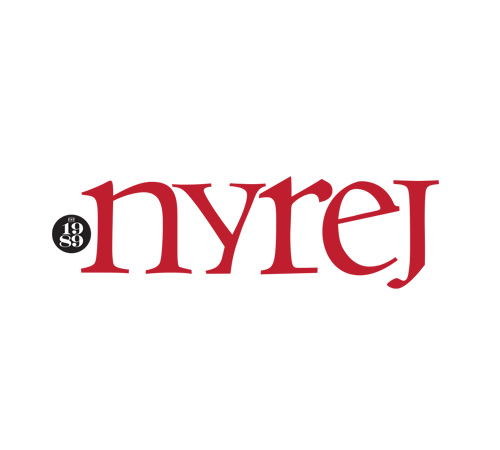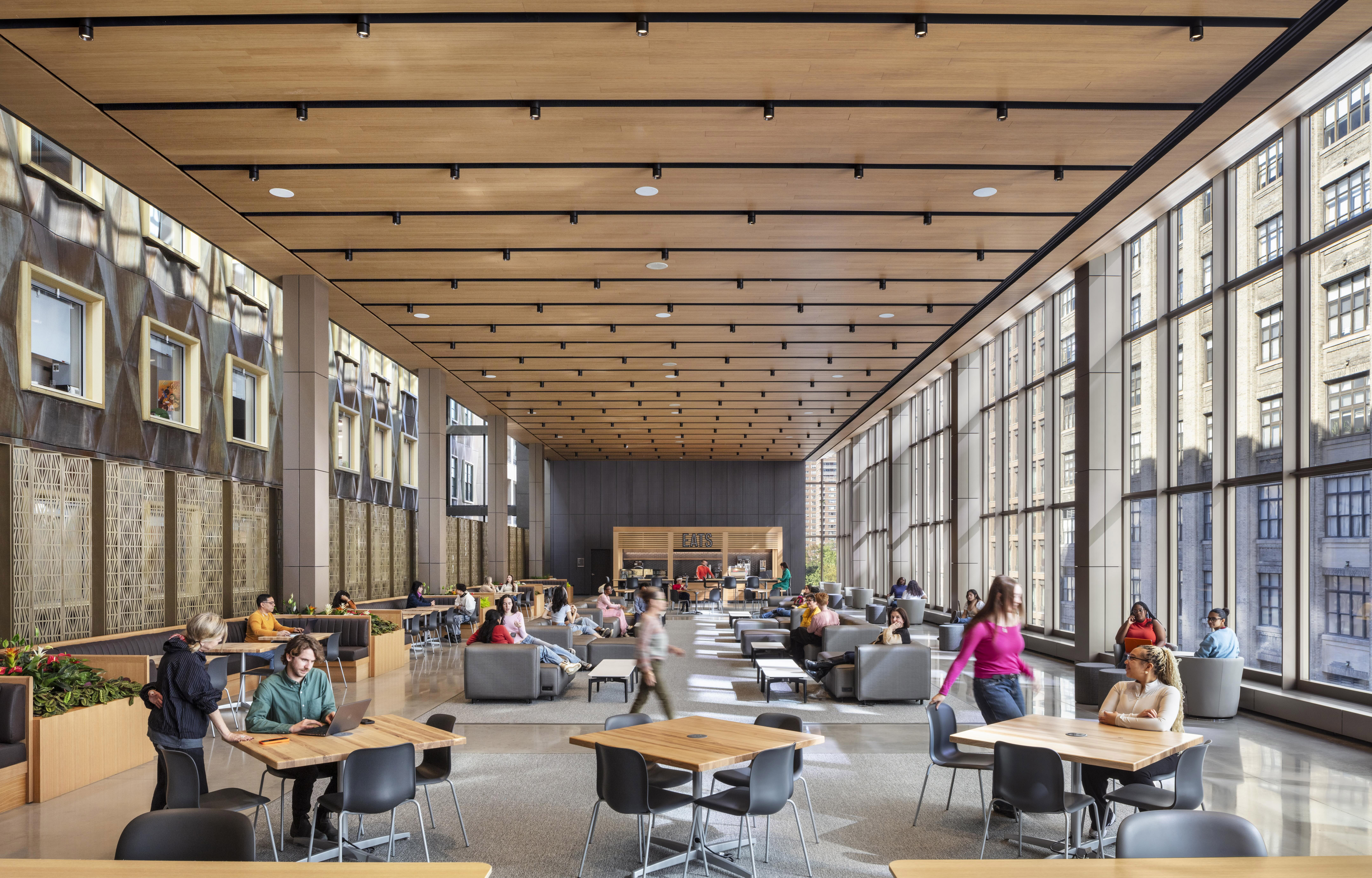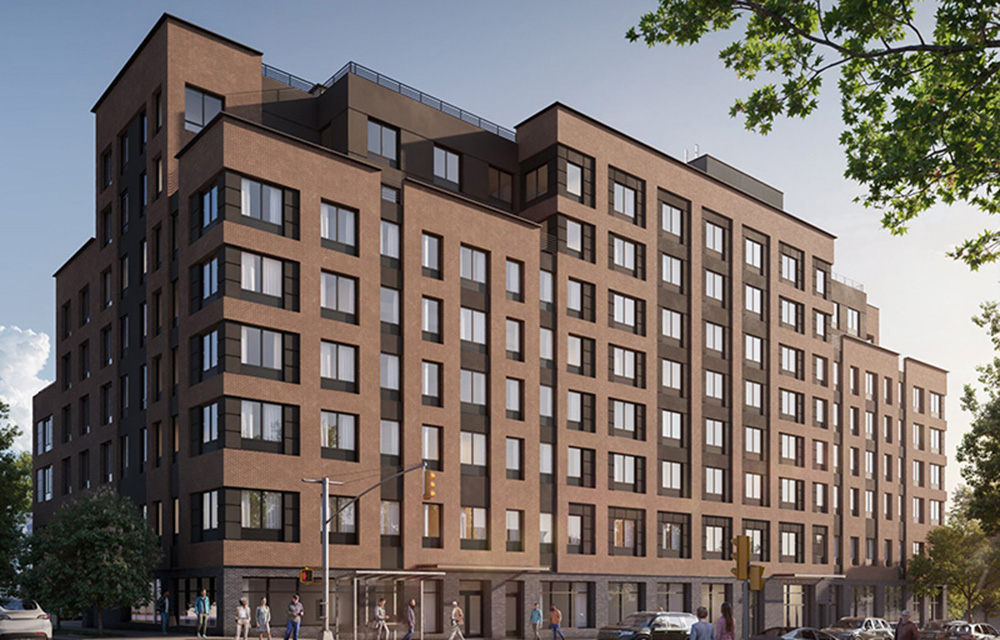News:
Construction Design & Engineering
Posted: July 15, 2013
Protection of neighboring property during construction: Living by The Golden Rule
The Golden Rule—to love one's neighbor as oneself— applies directly in construction. Whether building new or renovating, the law requires that the party engaging in that construction see to it that all adjacent structures are not damaged by that construction; in effect, to treat it as if it were one's own. Toward that end, all municipal jurisdictions have rules and regulations requiring various forms of protection.
In the urban setting, such protection almost always requires entry onto the neighboring property to perform many functions; for example, to underpin adjacent structure(s), to probe and reinforce party walls, or to cover over and thereby protect roof structures such as chimneys or skylights. No matter how meritorious the purpose, however, entering onto someone else's property constitutes a trespass. Therefore, unless the neighbor grants the builder a license to enter upon the neighbor's property, the builder simply may not do so.
When this need for protection arises, the construction manager (CM)or the developer employing that CM must enter into a formal agreement with the neighboring property owner for the requisite license to enter onto the neighbor's property. If the effort to reach agreement fails, then the developer or CM must apply to court to obtain that license. Because adjacent neighbors often use this situation as an opportunity to exact exorbitant funds, figuring that they can hold up an entire development, it is important to understand the underlying legal principles to assess what might occur if negotiations fail and a court is asked to intervene.
Underlying Legal Principles—Competing Property Rights
The adjacent neighbor's rights include the ability to use his or her property without interference, that is, free from trespass, and also free from damage caused by others. The builder's rights are equally meritorious. The other property owner, the builder, is entitled to develop and build on it as he or she sees fit, subject only to non-interference with neighbors. The courts balance those competing rights, for example, requiring the neighbor to grant access, but limiting the time period and the physical intrusion and requiring the builder to pay for or remedy all damages caused by its work. In some cases, the courts will require the builder to pay for the neighbor's engineers and other professionals, obtain insurance coverage, and, in addition, post a bond, and/or pay a license fee to the neighbor for the period the protection is in place. The latter payment would be to compensate the neighbor for the extent of its loss of use of its property, whether complete or partial, over the time period required for construction.
Terms to Include in License Agreements
Based on these principles, terms that are usually included in the license agreement between the builder and the neighbor include at least the following:
1. Builder to provide the neighbor with its plans both for the protection work and the construction generally, together with a schedule of the work to be performed;
2. Builder to pay the neighbor a license fee, often with a penalty if the protection work runs later than set forth in the schedule;
3. Detailed contact information for both parties, for routine needs as well as emergencies;
4. Builder's agreement to repair all damages, plus appropriate insurance and indemnification; and
5. Confidentiality, as the builder usually will not want other neighbors to know the terms agreed upon.
Despite the thorny issues involved, with persistent negotiation and, if necessary, recourse to court, a compromise license agreement should be reached that is reasonably fair to both sides.
Brian Lustbader, Esq. is an attorney at the firm of Mazur Carp & Rubin, P.C., New York, N.Y.
MORE FROM Construction Design & Engineering
Troutbrook expands with boutique condo project and Marriott Fairfield Inn & Suites renovation
Brooklyn, NY For more than 25 years, Troutbrook/Freud Development has remained focused on executing design-driven projects across the city. Its latest ventures reflect both a continued push into boutique residential development and an expansion

Quick Hits







.gif)
.jpg)
.gif)
.gif)